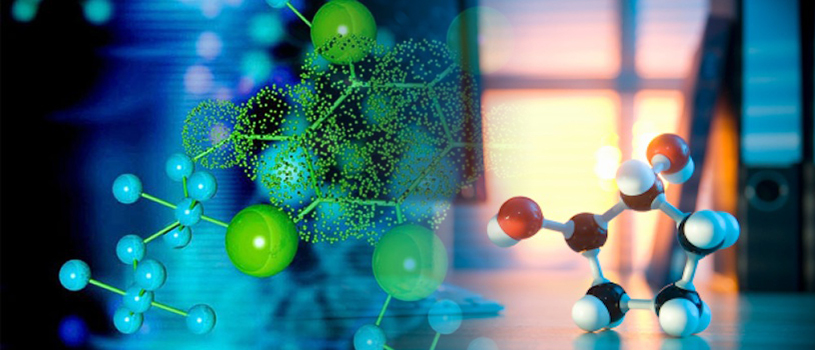
Dutch researchers discovered a new process that uses fuel to control non-living materials, similar to what living cells do. The discovery is a step towards soft robotics; soft machines that can sense what is happening in their environment.

The U.S. research team used sound waves to levitate polyethylene particles of around 1mm in diameter to see how they interact with each other in 2D in groups of six or seven.

Stanford and Seoul National University researchers have developed an artificial nervous system that could give prosthetic limbs or robots reflexes and the ability to sense touch.

Engineers have created a 3D-printed smart gel that walks underwater and grabs objects and moves them. The watery creation could lead to soft robots.

The lifelike movements of the robot mean it can navigate aquatic environments without triggering any discernible alarm among marine life.

A customizable soft robot that fits around a heart and helps it beat has now been developed by researchers, potentially opening new treatment options for people suffering from heart failure.

A team of researchers has demonstrated the first autonomous, untethered, entirely soft robot. This small, 3-D-printed robot - nicknamed the octobot - pave the way for a new generation of completely soft, autonomous machines.

To make robots more cooperative and have them perform tasks in close proximity to humans, they must be softer and safer. A new actuator generates movements similar to those of skeletal muscles using vacuum power to automate soft, rubber beams.